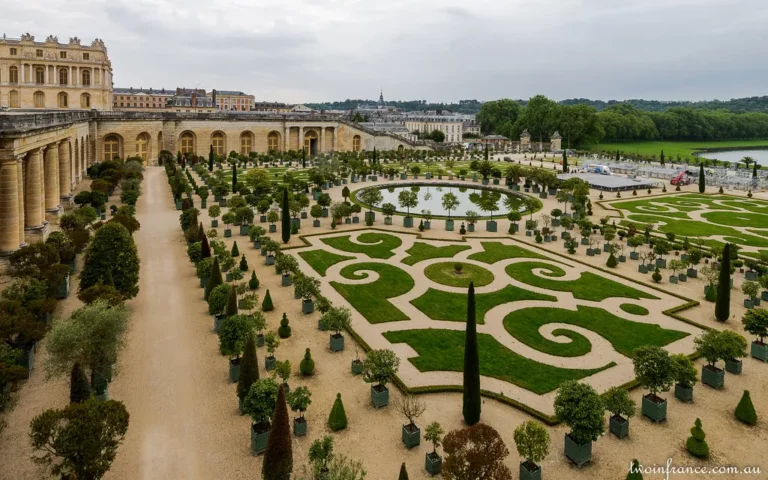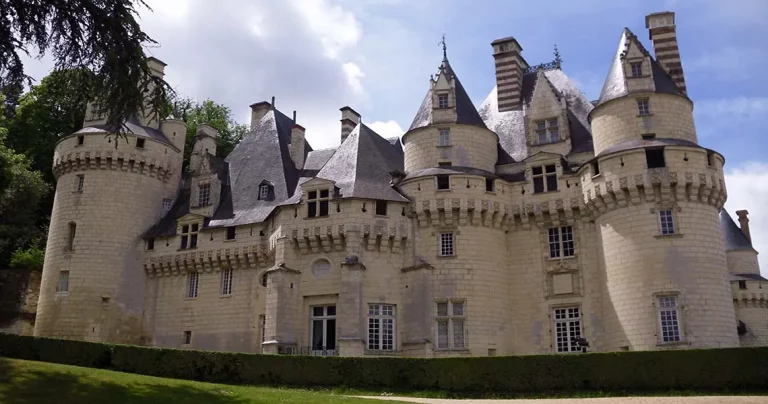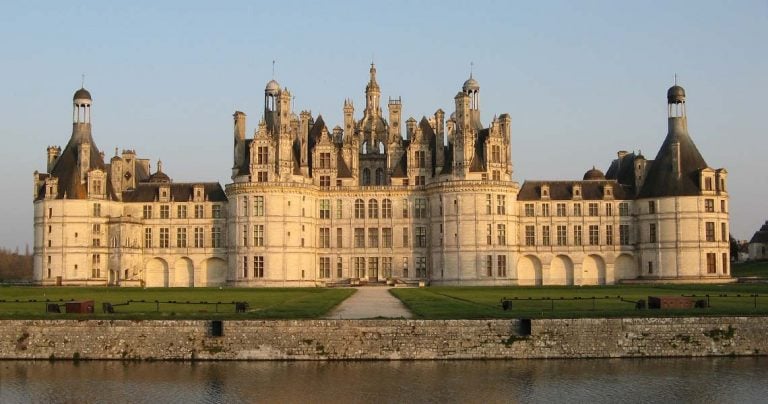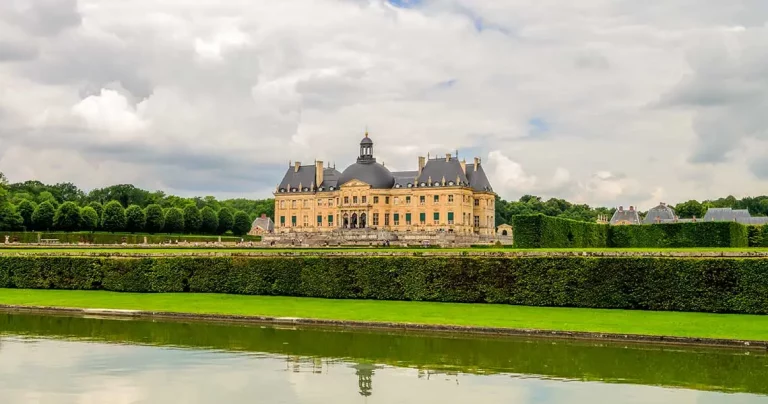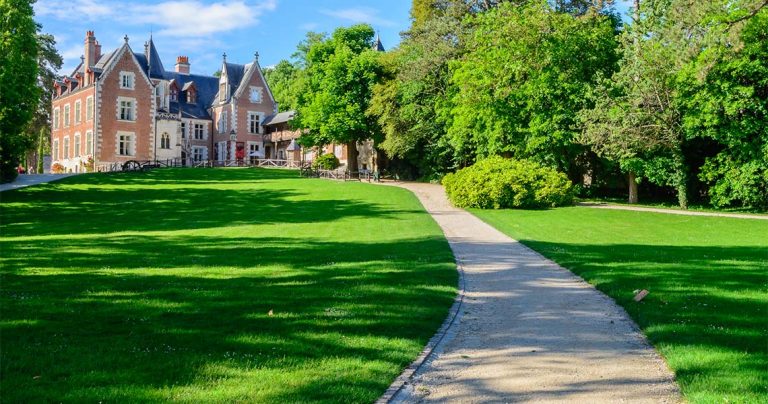Claude Monet at Giverny: A Light Obsession
Like a painter or a photographer, a visit to Claude Monet’s garden at Giverny invites a comparison between the two crafts. On entering the garden, I was immediately struck by the kaleidoscope of colours and the endless opportunities for the perfect shot. Unfortunately, we were a little late leaving Paris, so the light was less than ideal for that elusive picture.
The use of light is a common thread between artists and photographers. They both understand that light is crucial to their artistic success. Claude Monet (1840-1926) at Giverny embraced light and colour as his central theme, attempting to catch the essence of a single moment in his canvases.
Experienced photographers know that the best light usually occurs in the early morning or late afternoon, both of which reveal textures, shadows and depth, in warm and vivid tones.
Monet realised the importance of early light, often rising at 3.30 am to take advantage of it in his own backyard. Unfortunately for the intrepid photographer, that same backyard at Giverny does not open until 9.30 am and then it closes at 6.oo pm.
For an impressionist painter, capturing an image at different times of the day is not easy. They have to paint quickly to capture the fleeting moments of light. The moving sun can immediately cast shadows over different areas of the original image. Monet overcame this by painting for a short time and then leaving the easel in place and returning the next day at the same time to find the same light on his picture.
Artists and photographers alike also like to take advantage of the changes in light through the seasons. The harsh, midday summer sun differs sharply from the low-angled winter sun. During the spring, the light in the countryside results in delicate hues and tones on plants and trees. This same clear light enhances the stark beauty of the autumn landscape.
Since snow and fog are monochromatic, they call attention to subjects such as a lone pedestrian with a bright red umbrella. Blue shadows on snow influenced the technique called diffused reflection that has become a hallmark of impressionist paintings.
Monet’s haystack series is known for its use of repetition to show differences in light across various times of day, seasons, and types of weather. He initially thought that one canvas for overcast weather and one for sunny weather would be sufficient. However, he soon realised he could not demonstrate the various impressions on one or two canvases. In the end, he carried several unfinished canvases to the fields near Giverny, working on whichever canvas most closely resembled the scene of the moment as conditions fluctuated.
Although he began painting realistic depictions in the open, Monet eventually revised initial efforts in a studio to both generate contrast and to preserve the harmony within the series. The 1890 Haystack Series took place over a six-month period between Autumn and Spring and included eighteen canvases.
The impressionist’s style also helped them take advantage of the light. Fascinated with capturing the fleeting moment, impressionist applied their paint with quick, spontaneous brushstrokes to create an impression, rather than delving on details as the old masters did.
This technique was better for capturing the choppiness of the water, the ripples, the flicker of light on the surface. And you can cover more of the canvas quickly if you’re in a hurry to record an elusive effect before it disappears.
Perhaps no other invention of the 19th century influenced impressionism more than the camera. The use of the camera helped Impressionists study movement to capture real-life spontaneity. Its influence can be seen in Degas’s study of horse movements and in Caillebotte’s preparatory studies before undertaking Le Pont de l’Europe and Les Raboteurs de Parquet.
For photographers, a modern digital camera has a distinct advantage over the old-style 35mm film cameras. Images are instantly available for critical review. Poor ones can be quickly deleted. It can capture light faster than a paintbrush. Hundreds of images can be shot in the space of several minutes. Unattended time-lapse photography is the lazy way of capturing images over the space of hours.
Many modern impressionist painters like to take photographs of their chosen scene over different time periods and then return to their studio to complete their masterpiece.
Monet and his family settled in Giverny in 1883. He laid the garden out in blocks of colour like an artist’s palette, mixing flowers that would give him the texture and colour that he wanted to paint.
Monet kept to a strict daily routine, rising at dawn and going outside to catch the light. This meant that he often worked on a number of canvasses simultaneously, moving from one to the other as the light changed.
In 1893, Monet bought the piece of land neighbouring his property on the other side of the railway. It was here that he developed his famous water garden with its Japanese bridge, other smaller bridges, weeping willows, a bamboo wood and above all the famous nymphéas which bloom all summer long.
Monet had an exceptional colour perception. He saw subtle changes in brightness, changes in colour intensity as the sun rose in the sky, almost minute by minute. He was also able to distinguish shades so similar that an ordinary eye confuses.
Unfortunately, in 1912, Monet was diagnosed with a cataract in his right eye. Eventually, cataracts affected both eyes. Cataracts involve the gradual deterioration in the crystalline structure of the lens, yellowing with age, much like paper ages.
Not only is there a yellowing, but blues tend to look greyish. As the cataract grows worse, the eyesight begins to blur. Monet ended up having to rely on the labels of his paints and his memory because he couldn’t really identify blues, greens, or purples.
So now, Monet’s failing vision pushed him even more in the direction of depicting memory and emotion. Here is an elderly man using the power of memory like a pianist remembers the keys on the piano or a secretary remembers how to touch type.
In 1914, Monet built a massive new studio to realise a dream. He wanted to paint a set of giant water lilies (Les Nymphéas) and to hang them in a large round space so that they completely encircled you. Monet gave these eight huge panels to the nation in 1918 as a celebration of the end of the war. But he couldn’t part with them or even stop working on them, and they weren’t installed at the l’Orangerie until after his death in 1926.
The water lilies themselves are not important. What Monet was painting was light on water. That’s what obsessed him, fascinated him. Light, which is reflected at angles, which shimmers and sinks beneath the water.
Claude Monet’s Garden
84 Rue Claude Monet 27620 Giverny
+31 2 32 51 28 21
Open every day 9.30 am to 6.00 pm April to October
From Paris: Train from Gare Saint-Lazare (Rouen line) to Vernon then bus/taxi to Giverny
Giverny
Claude Monet
Musée de l’Orangerie


